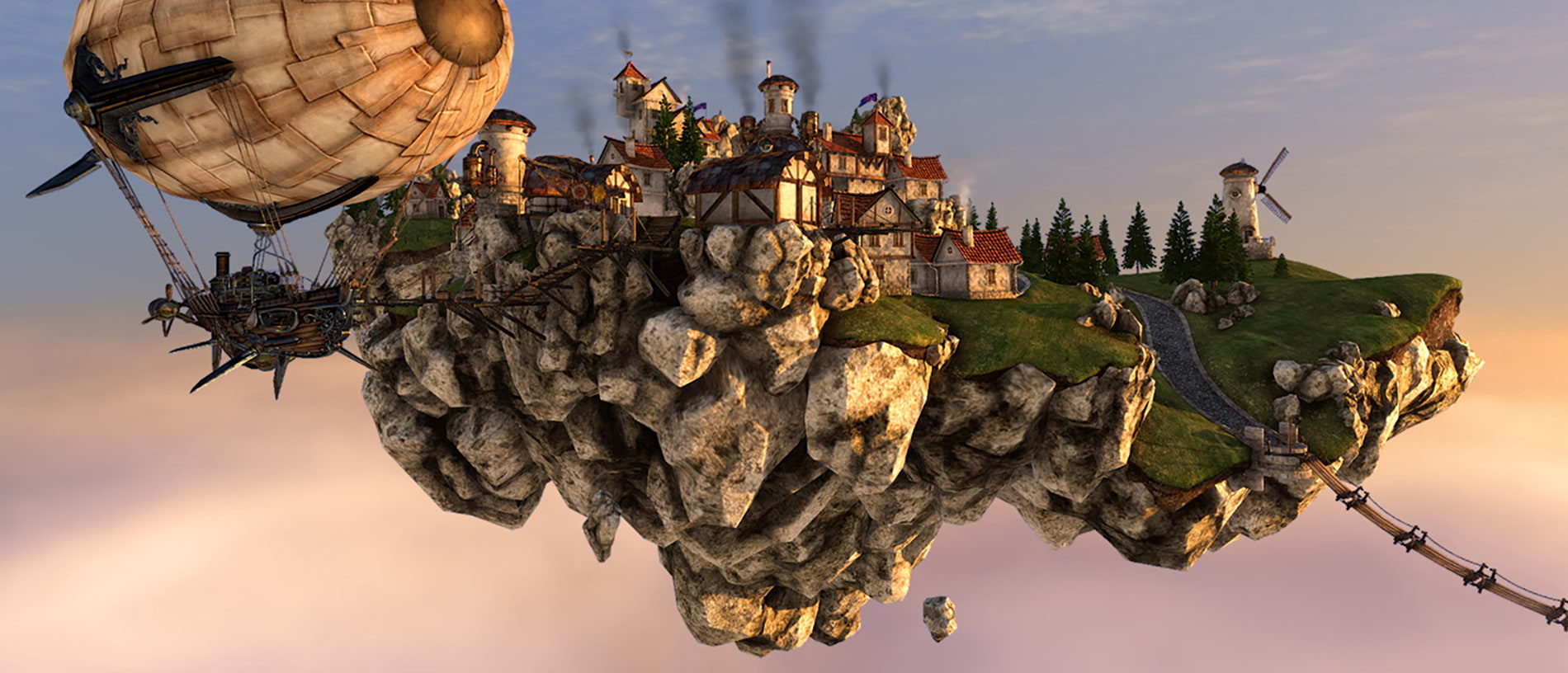Free Tessellation Software

Online software that produces printable Smith charts for transmission-line complex-impedance plotting, and other types of graph paper.
Available on select AMD Radeon™ R7 series, R9 series and HD 7000 series graphics cards, the visionary Graphics Core Next (GCN) Architecture is a radically new approach to the design of a consumer GPU, making it a top choice for gamers who expect the best. Designed to push not only the boundaries of DirectX® 11 gaming, the GCN Architecture is also AMD's first design specifically engineered for general computing. Representing the cutting edge of AMD’s graphics expertise, GCN GPUs are more than capable of handling workloads-and programming languages-traditionally exclusive to the main processor. Coupled with the dramatic rise of GPU-aware programming languages like, the GCN Architecture is the right architecture at the right time. Performance In simple terms, increasing the number of transistors in a GPU has a big impact on the potential performance of a graphics card, but transistors alone are not enough. Download Dvdfab Non Us Version. It takes a truly great design, like the GCN Architecture, to effectively use that potential and turn it into real-world performance.
Image Quality Performance is not enough for today's demanding gamers. Image quality, or the clarity and accuracy of textures and effects, is equally important. The GCN Architecture is equipped with three key technologies that dramatically raise the bar in this regard.
Partially Resident Textures (PRT) Even in the latest titles, gamers may have noticed that games often reuse or repeat textures, particularly on the ground or in background scenery such as mountains or trees. This is because increasing the physical size or number of textures in a game can have a negative impact on the performance of a GPU. PRT is a radical technology that hopes to break this cycle. PRT can utilize absolutely enormous texture files, up to 32 terabytes large, with minimal performance impact.
PRT accomplishes this by streaming small bits of these massive textures into the GPU as needed, giving compatible games a virtually endless supply of unique texture data it can apply to the game world. The GCN Architecture in AMD Radeon™ products is the first GPU design to feature a hardware implementation of this technology. Partially Resident Textures (PRT) enable future games to utilize ultra-high resolution textures with the same performance as today's small and often repetitive textures.
Improved Anisotropic Filtering (AF). Available on every modern GPU, anisotropic filtering is a technique that assists the GPU in making sure textures in your favorite games remain razor sharp, even at a distance. Most games now offer the ability to enable this feature, and the AMD Catalyst™ driver suite has long provided players with the option to force enable anisotropic filtering for all of their games. Where every GPU design differs, however, is in the way the anisotropic filtering is actually executed.
The GCN Architecture has been specifically optimized to produce superior results when AF is enabled. Improved anisotropic filtering enables gamers to get sharper, better textures when this technology is enabled. Improved DirectX® 11 Tessellation As DirectX® 11 titles become more mature, game developers are naturally pushing the envelope of realism by utilizing a greater degree of special rendering effects. One such effect is tessellation, which can dynamically generate additional detail in a scene on the fly.
Here is a wireframe scene of a rally car in DiRT 3 driving through water. On the left, notice there are no ripples. On the right, after tessellation, there is new and dynamic detail in the game. As with anisotropic filtering, tessellation is not new to GPUs, but the manner in which tessellation is executed can have a large impact on the gaming experience. Because of this, the GCN Architecture has again been optimized to deliver a measureable tessellation performance boost over previous-generation GPU architectures. Finally, it's important that great performance and great image quality don’t come at the expense of a high power bill. Products with the GCN Architecture feature reduced power consumption in the 'idle state,' better known as the time when you're doing desktop work.
But there's more, too. AMD ZeroCore Power Technology AMD ZeroCore Power technology leverages AMD's leadership in notebook power efficiency to grant our desktop GPUs the ability to power down when your monitor is off, also known as the 'long idle state.' This is great for those times when you've stepped away from your PC to take a call, watch TV or pop down to the store.
Furthermore, AMD ZeroCore Power technology allows additional GPUs in an AMD CrossFire™ technology configuration to shut off when they're not in use-even the fan stops spinning. An AMD-exclusive technology, AMD ZeroCore Power ensures that unused or idle GPUs are as efficient as possible. Even the most hard-core gamer with an AMD CrossFire™ multi-GPU configuration benefits from AMD ZeroCore Power technology. Unused or idle GPUs are shut down until needed to conserve power. • As of November 30, 2011 the AMD Radeon™ HD 7970 GPU has been calculated at over 3.5 TeraFLOPs of processing power. • As evaluated by AMD performance labs with the AMD Radeon™ HD 7970 on the following configuration: Intel® Core™ i7-3960X (3.3GHz), MSI X790A-GD65, 16GB (4x4GB) DDR3-1600 9-9-9-24.
• AMD ZeroCore Power, AMD PowerPlay™ and AMD PowerTune are technologies offered by certain AMD Radeon™ products, which are designed to intelligently manage GPU power consumption in response to certain GPU load conditions. Not all products feature all technologies - check with your component or system manufacturer for specific model capabilities. OpenCL and the OpenCL logo are trademarks of Apple Inc. Used by permission by Khronos. Telcordia Sr 332 Handbook For Employers.